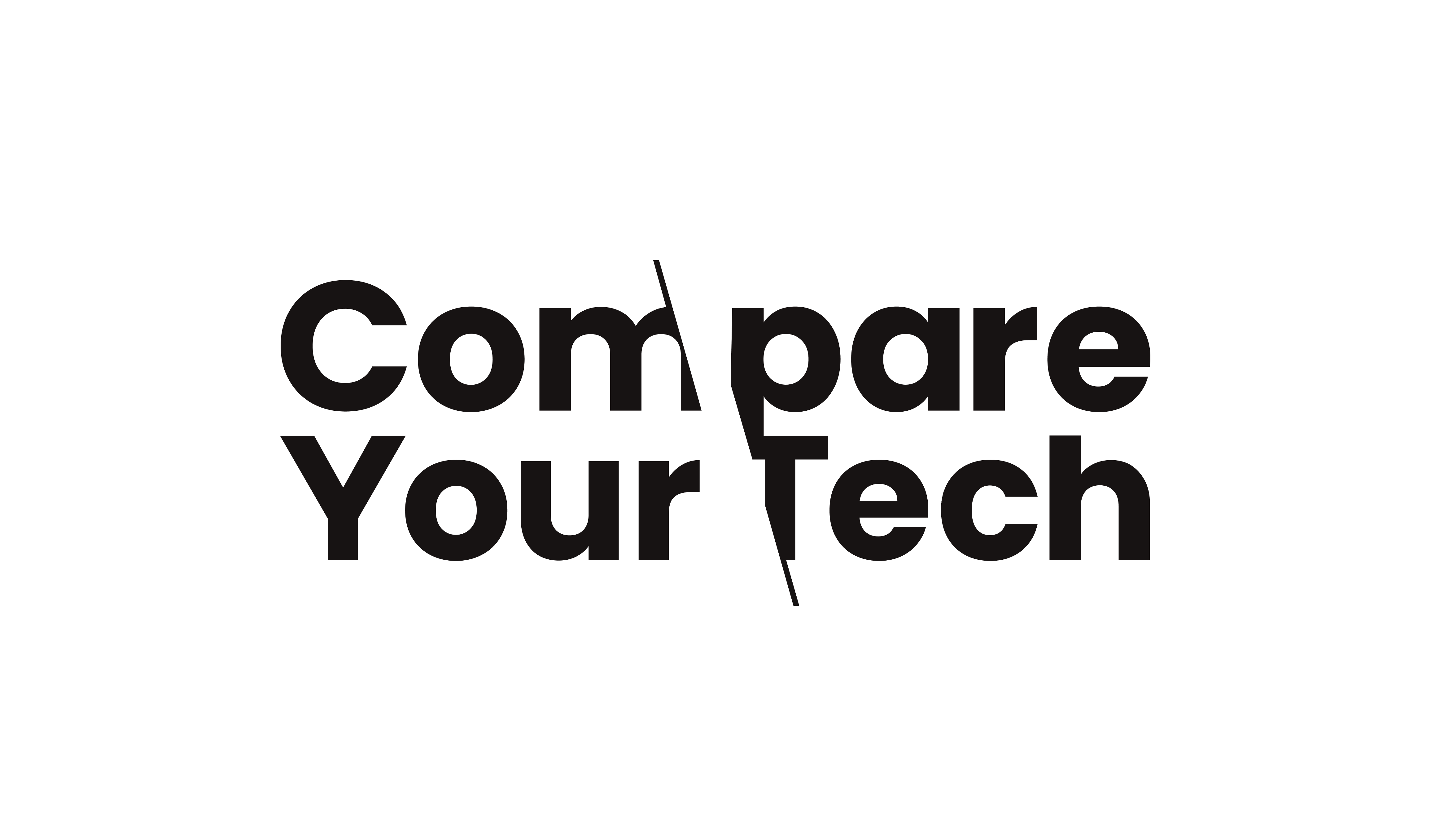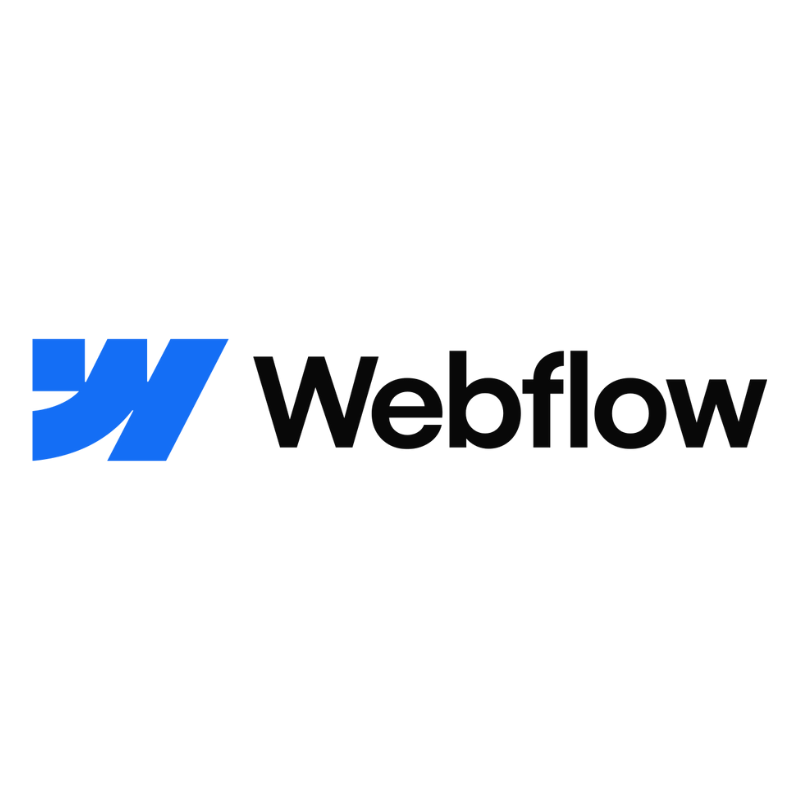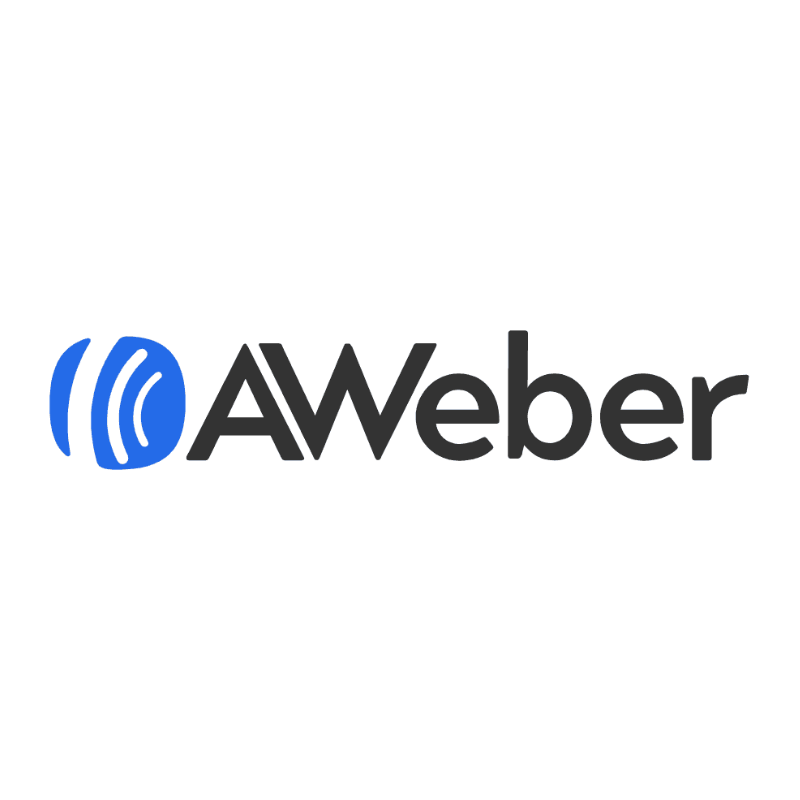Webflow is a comprehensive website experience platform that empowers designers, marketers, and developers to collaboratively build, manage, and optimise bespoke web experiences without the need for extensive coding.
Key Features:
Visual Development Interface: Webflow’s intuitive visual canvas allows designers to craft responsive websites with precision, translating design choices directly into clean, standards-compliant code.
Content Management System (CMS): The platform offers a fully customisable CMS, enabling users to define content structures with various field types, facilitating efficient content management at scale.
Interactions and Animations: Users can design complex interactions and animations without writing code, enhancing user engagement through dynamic content.
eCommerce Capabilities: Webflow supports the creation of custom online stores, providing tools for product management, customisable checkout experiences, and seamless integrations with payment gateways.
Hosting and Security: With fast, reliable hosting via a Tier 1 Content Delivery Network, Webflow ensures optimal website performance. It also offers robust security features, including SSL certificates and regular backups.
SEO and Marketing Tools: The platform includes built-in SEO controls, dynamic Open Graph settings, and integrations with marketing tools, aiding in effective audience reach and engagement.
AI Integration: Webflow’s AI Assistant accelerates the design process by generating new page sections that align with the site’s existing design system, enhancing efficiency and consistency.
Benefits:
Design Freedom: Webflow provides a blank canvas for creativity, allowing designers to implement intricate designs without limitations, all while ensuring responsive behaviour across devices.
Streamlined Workflow: By combining design, content management, and hosting in a single platform, Webflow reduces the need for multiple tools, simplifying the web development process.
Collaboration: The platform facilitates seamless collaboration among team members, enabling designers, developers, and content editors to work concurrently, enhancing productivity.
Scalability: Webflow’s infrastructure supports websites of varying complexities, from simple landing pages to extensive e-commerce sites, accommodating business growth and evolving needs.
Client Empowerment: Clients can easily edit and update content through the Editor mode, reducing dependency on developers for minor changes and fostering autonomy.
Educational Resources: Webflow University offers free web design and development courses, empowering users to enhance their skills and effectively utilise the platform’s features.
Webflow stands as a versatile platform that bridges the gap between design and development, offering a robust set of features that cater to the diverse needs of modern web creators.







Leave a Reply
You must be logged in to post a comment.